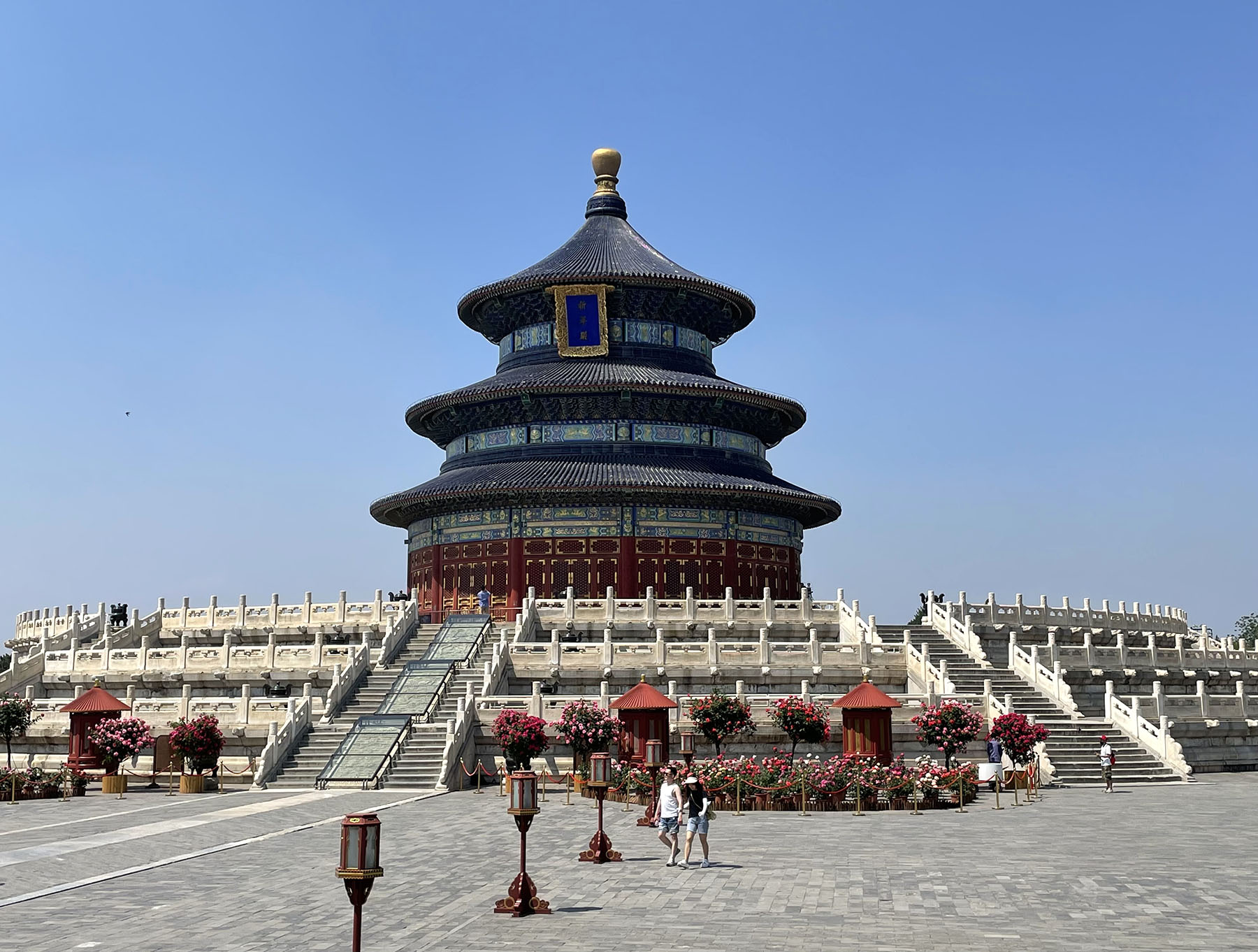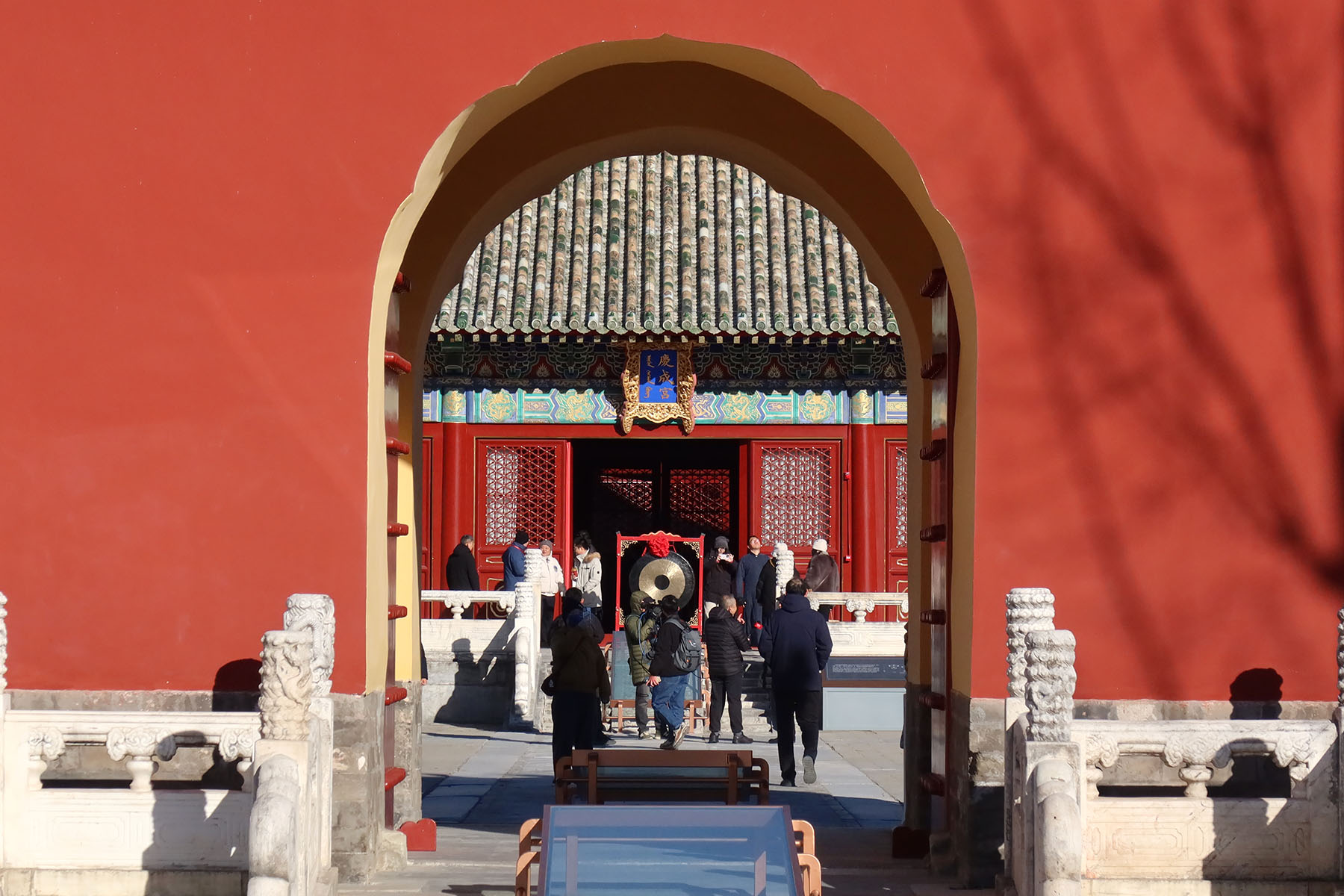
The inaugural Beijing Culture Forum Salon kicked off at the Divine Music Administration of the Temple of Heaven on Thursday, with the theme of Dialogue: Protection and Inheritance of Cultural Heritage.
As a new initiative of the 2025 Beijing Culture Forum, the salon will hold activities throughout the year such as academic exchanges, dialogue and seminars, inviting both domestic and international cultural experts to share their views.
The event unveiled 17 cultural venues in Beijing to host the salon's upcoming activities, including the Imperial Ancestral Temple, the Temple of Heaven and Qingcheng Palace located within the Altar of the God of Agriculture complex, aiming to enhance the dynamic utilization of Beijing's historical cultural heritage spaces.
READ MORE: China's 'culture vultures' descend on the capital
Both Chinese and international guests had in-depth discussions on two themes — the Global Value of Cultural Heritage Protection and Technological Empowerment in Cultural Heritage Protection, providing insight on advancing the protection and inheritance of cultural heritage.
About 120 participants attended the event, including government officials and cultural heritage experts, who also enjoyed an exhibition zone showcasing Beijing's intangible cultural heritage and cultural creative products.
"China attaches great importance to preserving intangible cultural heritage, integrating traditional culture into contemporary contexts. This is how culture can provide social inclusion and a sense of community and belonging," former director-general of UNESCO Irina Bokova said in her speech at the event.
"Technology opens new ways of conservation, preservation and monitoring of cultural heritage, and China emerges as a leader that has to share its experience with the world," she said.

Shan Jixiang, former curator of the Palace Museum, shared China's changes in cultural heritage protection over the past 40 years in a panel discussion.
"Since joining the World Heritage Convention in 1985, China now boasts 59 UNESCO World Heritage Sites. … While we traditionally focused solely on cultural relics protection, we've evolved to cultural heritage conservation. China's heritage conservation has also transformed from preserving static relics such as ancient ruins to protecting living heritage as well."
Wang Chunfa, former director of the National Museum of China, said that museums should host more quality exhibitions, with engaging explanations. A well-curated exhibition does more than display artifacts; it enhances visitors' aesthetic appreciation and highlights each nation's contribution to human civilization.
Last year, Bokova visited the Bell and Drum Towers, part of China's newly designated UNESCO World Heritage Site, the Beijing Central Axis, a 7.8-kilometer-long north-south line through the capital's historical center. "From there you could see the ancient city's urban development," she said in an interview.
ALSO READ: Qingcheng Palace, part of Beijing Central Axis, opens to the public
The Beijing Central Axis, she added, showcases a new concept of heritage protection, with its 15 components, including both ancient and modern architecture, maintaining a historical continuity.
Bokova reflected on her experience at last year's Beijing Culture Forum. "I saw the immense potential of this platform to address cultural heritage preservation and explore how to sustainably integrate culture into urban development," she said.
"It's an important initiative because Beijing is a cultural powerhouse, not only with its eight UNESCO World Heritage Sites, but also its research centers, universities and experts."
Speaking of this year's newly launched Beijing Culture Forum Salon, Bokova said the initiative will bring together more Chinese and international cultural experts to engage in ongoing exchanges and collaborative dialogue. "I think this will build the whole momentum toward the next culture forum."
xulin@chinadaily.com.cn


